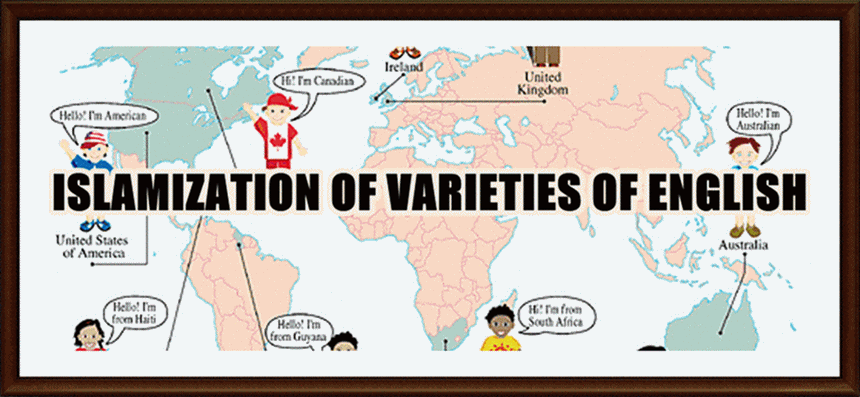Assalamualaikum w.b.t
Today we came across a somewhat familiar, but new term in class; lexicography. Lexicography is basically the layers of dictionary production where the editing, compiling, writing or making of a dictionary take place. We were also being introduced to someone namely Professor Kev Nair, who is being regarded as the father of fluency lexicography. Fluency lexicography came into existence as a separate branch of dictionary writing. Interestingly, lexicography is not merely restricted and focusing on English language only, but also other languages like Arabic Lexicography and German Lexicography.
A linguist whose specific expertise is in writing dictionaries is called Lexicographer. A lexicographer is concerned with what words are, what they mean, how the vocabulary of a language is structured, how speakers of the language use and understand the words, how the words evolved and what relationships exists between words.
There are two related disciplines in lexicography which are practical lexicography and theoretical lexicography. Practical lexicography is the art or craft of compiling, writing and editing dictionaries. Practical lexicographic work involves several activities because the compilation of well crafted dictionaries requires careful consideration of few difficult steps such as shaping the intended users, selecting and organizing the components of the dictionary, selecting words and affixes for systemization as entries, selecting collocations, phrases and examples, defining the words, organizing definitions, specifying pronunciations of words, labeling definitions and pronunciations for register and dialect where it is appropriate, as well as designing the best way in which users can access the data in printed and electronic dictionaries.
The other scope is theoretical lexicography. It is basically the scholarly discipline of analyzing and describing the semantic, syntagmatic and paradigmatic relationships within the lexicon or vocabulary of a language. Theoretical lexicography is also related to the idea of developing theories of dictionary components and structures linking the data in dictionaries. It is sometimes being referred to as metalexicography. It concerns the same aspects as lexicography but is meant to lead to the development of principles that can improve the quality of future dictionaries. There are several branches of academic dictionary research such as dictionary criticism which evaluates the quality of one or more dictionaries, dictionary history that involves tracing the traditions of a type of dictionary in a particular country or language, dictionary typology which deals with classifying the various genres of reference works like monolingual versus bilingual dictionary, dictionary structure which involves formatting the various ways in which the information is presented in a dictionary, and not to forget the branch of dictionary use where observing the reference acts and skills of dictionary users are required. Lastly, the branch of dictionary IT which involves applying computer aids to the process of dictionary compilation. The words in any dictionary compilation were decided upon few main points which are how current they are, reliable, user friendly, more information, and relevancy of the words.


No comments:
Post a Comment